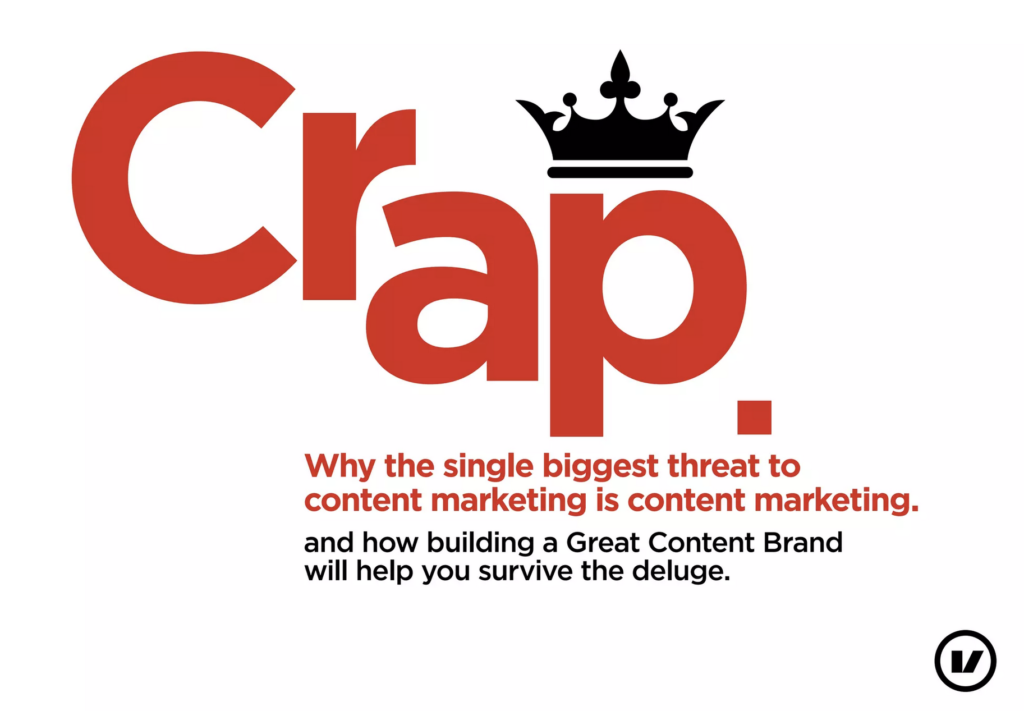
Before the pandemic I co-wrote a book with ex-Google brand planner turned academic Lazar Dzamic on Strategic Content Marketing. It followed on from a series of e-publications and events I curated supported by The Drum magazine and the leading trade and award bodies in advertising and marketing. The series looked at latest thinking and best practice in ‘branded content marketing’, running from 2013-17 and reaching an annual audience 450,000+. You can see some of the editions on Slideshare:
- BOBCM: Best of Branded Content Marketing 2014 Edition (45,000+ views)
- BOBCM: Best of Branded Content Marketing 2015 DACH Region Edition (65,000+ views)
- BOBCM: Best of Branded Content Marketing 2015 D&AD Edition (45,000+ views)
The catalyst to the book with Lazar was in part the 2016 ‘Marketing Truth or Marketing Hype’ report from Beckon, Inc. It showed that 95% of brand content gets little or no engagement, which basically proved the prediction by Doug Kessler and his team at Velocity Partners in 2013 highlighted in the graphic above. In short, they predicted that as every B2B marketer turns to content marketing we were going to get buried in a deluge of… crap (see more here).
I mention this because part of what Lazar and I were trying to do was look at how that problem might be solved/remedied. And that being in part about how design thinking along with the tools and more agile methodologies from Lean Start Up space might be applied to not just helping create better products but also take them to market (I touched upon this in my previous post about Matthew Marson’s Smart Buildings ROI Framework).
In my case, looking at how that problem might be solved/remedied more strategically has also been about joining the dots to the previous book I co-wrote on more connected and collaborative marketing approaches with Dr Paul Marsden. And subsequently the putting of that thinking into practice with help from his former colleague at the LSE Dr Alain Samson (who now runs the Behavioral Economics Guide and Behavioral Economics Academy at Behavioraleconomics.com).
The other reason for mentioning this is that having judged a number of content marketing awards over the years, there’s few examples in the Smart Buildings space that would get even shortlisted, if any. That observation is a backdrop to this blog because part of what I am trying to do here is not just look at who does what for whom, how, when, where and why, but also how that might be better communicated.



